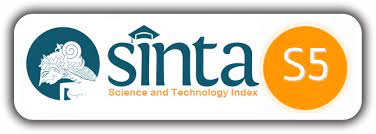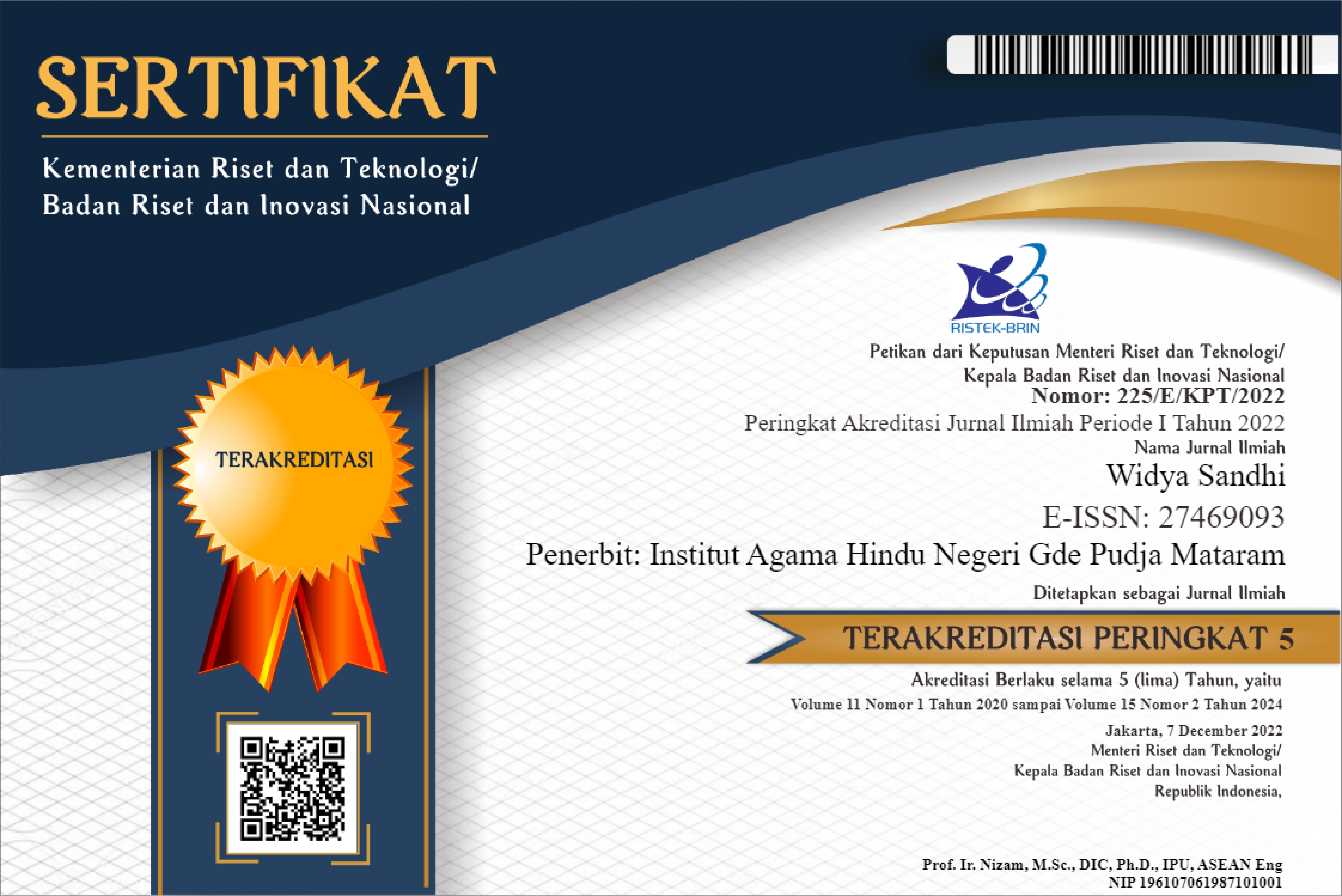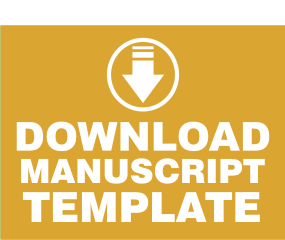STRATEGI KONSERVASI BHISAMA KESUCIAN PURA PADA KAWASAN CAGAR BUDAYA TAMAN NARMADA DALAM MERESPONS PERKEMBANGAN PARIWISATA BUDAYA DI LOMBOK BARAT
Abstract
This research is intended to conduct a study of the strategies of conservation Bhisama the sanctity of the temple which is located in the heritage area in Taman Narmadagarden , Lombok Regency West. The conservation strategies relating to the effort to respond to the development of cultural tourism are relatively rapidly lately. This research is descriptive qualitative research designed in order to give an overview of the three related research focus, i.e. the background history of the Narmada, the management of the Narmada temple and Bhisama conservation strategy the sanctity of Narmada temple. Based on the results of the study found three findings fit the focus of the research. First, the historical background of the existence of the temple which is located in the middle of Narmada Park Reserve Narmada is closely related to the success of the kingdoms of Karangasem organize Government in Lombok. The construction of the Narmada Park by King of Karangasem at the time was as a place to do the rest of the Kings and their families there are some sites that were built during that time are sorted into two, namely, the sacred and the profane. The site which is found to have a level of purity is Kelasa Temple while profane is the garden as a place to do anjangsana (Entertainment). Secondly, manners Narmada temple in conducting religious ritual coordinate with three sub villages namely banjar works dharma bhakti gondawari, banjar jaya presak and youth community (truna banjar) Gondari. In the anniversary ceremony of the activities or ceremonial krama temple along with the coordination banjar third activity and its cost so that it runs successfully. Third, the strategy applied in conducting conservation Bhisma Holiness Temple is doing Setup holy places in accordance with the sanctity of the temple, Bhisma cooperating with related parties, and maintaining the sanctity of the temple by applying rules.
References
Arikunto, Suharsimi, 2002. Prosedur Penelitian Suatu Pendekatan Praktek. Jakarta : Rhineka Cipta.
Glebet, I Nyoman, dkk, 2002. Arsitektur Tradisional Daerah bali. Badan Pengembangan Kebudayaan dan Pariwisata Deputi Bidang Pelestarian dan Pengembangan Budaya Bagian Proyek Pengkajian dan Pemanfaatan Sejarah dan Tradisi Bali.
Gulo, W, 2004. Metodologi Penelitian. Jakarta : Gramedia.
Miles, B Matthew dan Huberman, A Michael, 1992. “Analisis Data Kualitatif”. Jakarta : Universitas Indonesia (UI-Press).
Moleong, Lexy, J, 2002. Metodologi Penelitian Kualitatif. Bandung : PT. Remaja Rosda Karya.
Moscovinci S, 2000. Social representations. Cambridge: Polity Press.
O’Dea, Thomas E, 1985. Sosiologi Agama Suatu Pengantar Awal. Jakarta:CV Rajawali.
Pals, Daniel, 2001. Seven Theories of Religion. Yogyakarta : Penerbit Qalam.
Sugiyono, 2008. Metode Penelitian Kuantitatif - Kualitatif Dan R & D. Bandung: Alfabeta.
Sujana, Nana dan Awal Kusumah, 2004. Proposal Penelitian di Perguruan Tinggi.Bandung : Sinar Baru Algesindo.
Suprayogo, Imam dan Tabroni, 2001. Metodologi Penelitian Sosial-Agama. Bandung : PT. Remaja Rosdakarya.
Titib, I Made, 2003. Teologi Dan Simbol-Simbol Dalam Agama Hindu. Surabaya: Paramita.
Triguna, I, B, Gede Yudha, 2000. Teori Tentang Simbol, Denpasar : Widya Dharma.
Sumber Internet :
(http://www.pps.unud.ac.id/thesis.html)
http://etd.repository.ugm.ac.id/index.Penelitian.html

This work is licensed under a Creative Commons Attribution-NonCommercial-ShareAlike 4.0 International License.
Authors who publish with this journal agree to the following terms:
- Authors retain copyright and grant the journal right of first publication with the work simultaneously licensed under a Creative Commons Attribution-ShareAlike 4.0 International License. that allows others to share the work with an acknowledgment of the work's authorship and initial publication in this journal.
- Authors are able to enter into separate, additional contractual arrangements for the non-exclusive distribution of the journal's published version of the work (e.g., post it to an institutional repository or publish it in a book), with an acknowledgment of its initial publication in this journal.
- Authors are permitted and encouraged to post their work online (e.g., in institutional repositories or on their website) prior to and during the submission process, as it can lead to productive exchanges, as well as earlier and greater citation of published work (See The Effect of Open Access).






.jpg)




